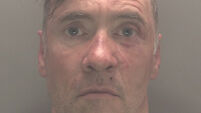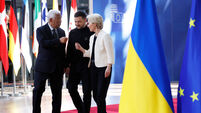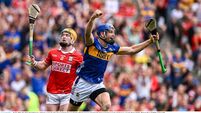Da Vinci Code trial a case of whodunnit first
Michael Baigent and Richard Leigh are suing their own publishers, Random House, claiming the internationally successful novel by American Dan Brown lifts from their 1982 book, The Holy Blood And The Holy Grail (HBHG), itself a best-seller.
On Day Two of the trial, Mr Justice Peter Smith was told that the ideas contained in the non-fiction work were not original anyway.














